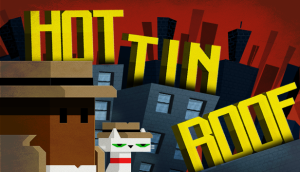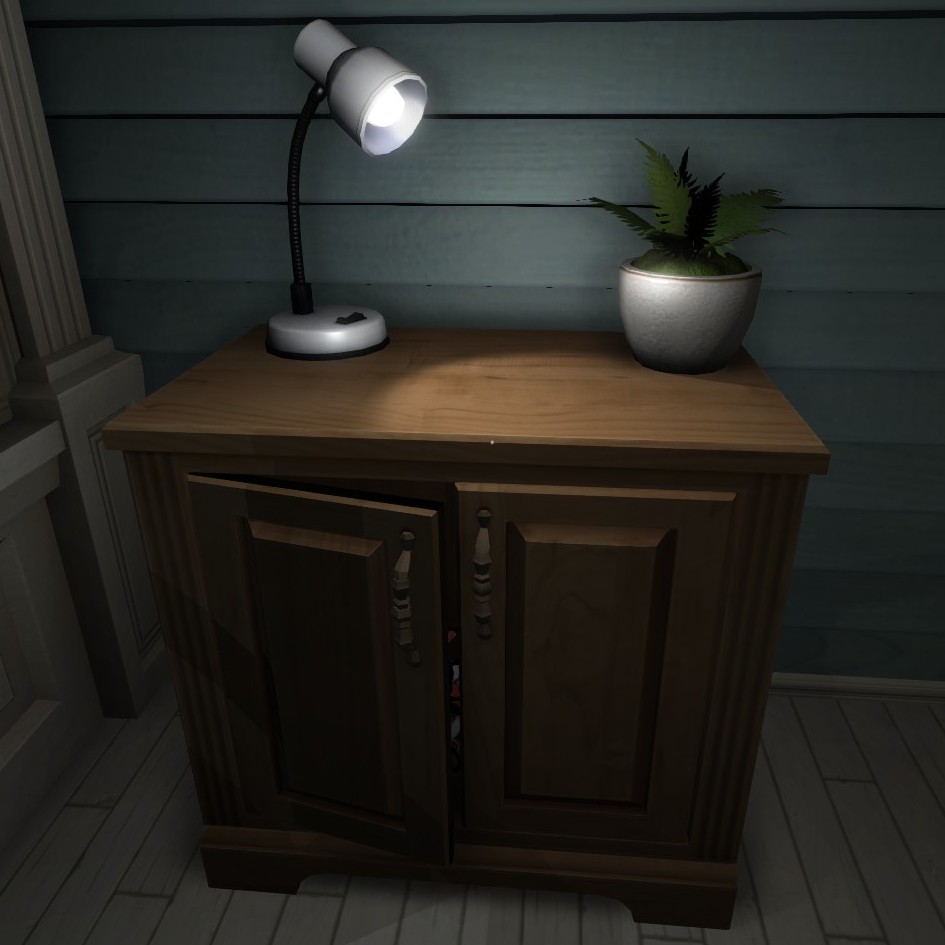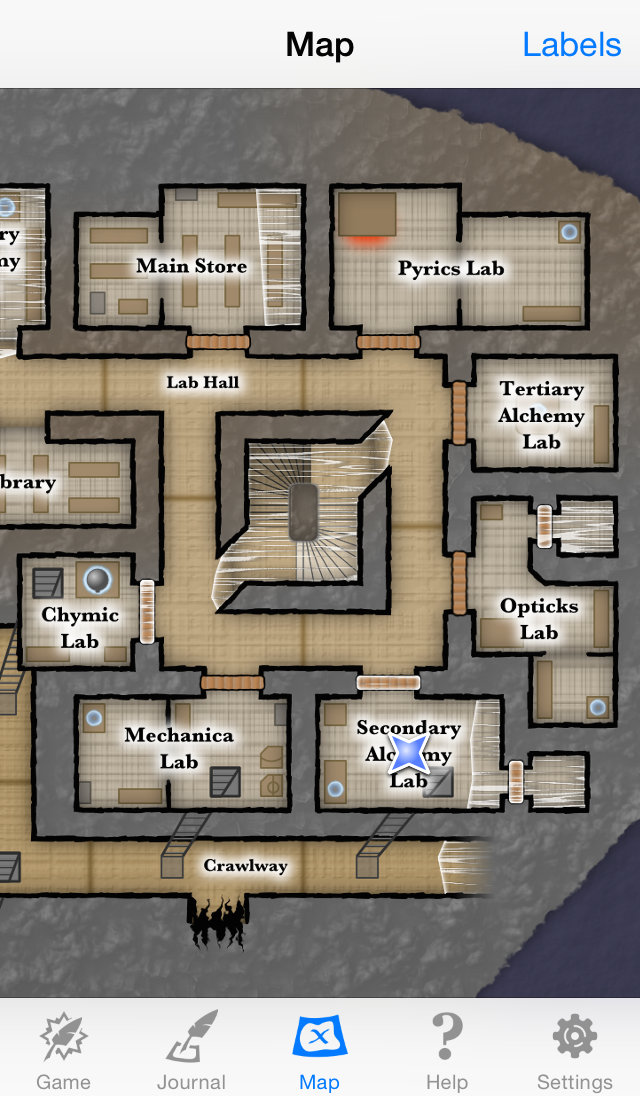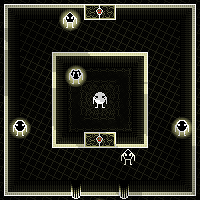Over at Future Proof Games I blogged about how it feels to have our funny, unsettling satire Ossuary languishing in Steam Greenlight for a year.
It feels like a slow struggle. New games are being added to Greenlight daily. Because the primary measure of progress is “percent of the way to the top 100,” this means that your rank can actually slowly drop as some popular games surpass your vote count. Then, on an unclear schedule, a batch of games is greenlit, chopping the top off of the sample set and raising your rank again. It’s two steps forward, one step back.
You can read the rest at the Future Proof Games devblog and you can always vote “Yes” on Steam Greenlight.




